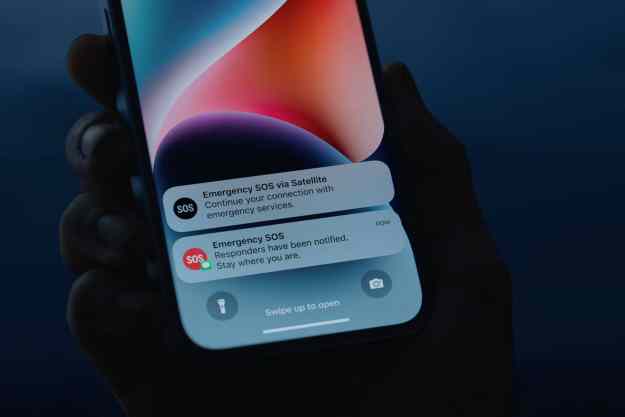
A temporary solution, the Indian government believes, is to create a way for women to feel a little more at ease. The government is calling for all mobile phones sold starting in January 2017 to have a panic button as well as GPS, which would allow the person to call for help quickly and have their location sent to the local police.
The Indian government has set a few standards as to how it wants manufacturers to implement this panic button — holding down the 5 or the 9 button should trigger an emergency call. On smartphones, pressing the power button quickly three times should do the same, according to the ministry of communications and technology.
The hope is that providing a quick way to reach emergency services will be a boon to women who fall into dangerous circumstances, but as Reuters reports, women and girls in rural areas are prevented from owning mobile phones as the men say the “devices distracted them from their studies.”
India has been in the spotlight due to a series of high-profile rape cases in the past four years, beginning with a fatal gang rape of a 23-year-old on a Delhi bus in 2012. A more recent incident involved an Uber driver. The violent crimes against women have sparked a national and global conversation on rape, as well as women’s rights.
Reuters reports that politicians and officials have told women to enlist in self-defense courses, “dress decently,” and to not stay out late — but that only prompted protests from activists.
It’s unclear how the government plans to enforce this new standard.
Editors' Recommendations
- I figured out how to protect my iPhone without an ugly case
- I have 7 tips to help you take great pictures with your iPhone
- I found the perfect accessory to help me stop losing my iPhone
- It’s 50 years to the day since the first cell phone call
- iPhone’s Crash Detection is still firing off false calls

